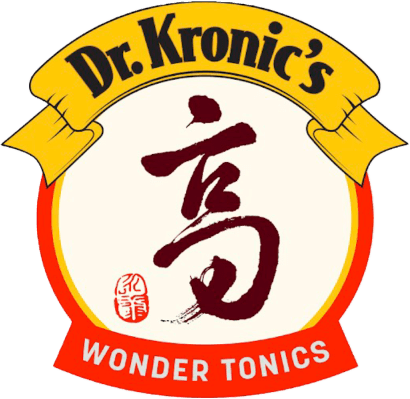What Is Broad Spectrum CBD?
Like full spectrum, CBD oil labeled broad spectrum also uses cannabidiol with all the other compounds found in hemp. However, there’s one active ingredient that gets removed after the extraction process – THC.
Broad spectrum CBD retains several of the different cannabinoids, such as CBN and CBG. And because the broad spectrum also uses additional terpenes and flavonoids, it can generate the entourage effect without THC.
Even though broad spectrum CBD shares similarities with the full spectrum, it still has that one primary difference that separates it from the other. And you may decide to use broad spectrum CBD if you’re looking for whole-plant benefits without any THC content or you live in an area in the U.S. with stricter cannabis laws.
From a straightforward perspective, you could think of broad spectrum CBD as a combination of CBD isolate and full spectrum CBD. It uses compounds from the whole hemp plant minus the THC.
Without THC content, broad spectrum CBD is particularly useful for people who want the benefits of full spectrum CBD with fewer worries about THC accumulating within their system from daily use.
|
Full Spectrum CBD |
Broad Spectrum CBD |
CBD Isolate |
| Uses “whole plant” extract containing other cannabinoids, terpenes, and essential oils |
✔ |
✔ |
|
| Contains THC |
✔ |
|
|
| Uses pure CBD extract with no other cannabinoids or additives |
|
|
✔ |
For some CBD users, a broad spectrum is their best choice because it’s like receiving all of the good without worrying over THC if that’s your particular point of view. Others may be fine with the full spectrum because their lifestyle, living area, or work environment is more lenient towards THC.
Some users may be completely satisfied with CBD isolate because it works for them, while others don’t notice a difference between full spectrum and broad spectrum CBD or CBD isolate when they use them. Given the higher price point for CBD isolate, many users opt to go with full spectrum CBD or broad spectrum CBD.



